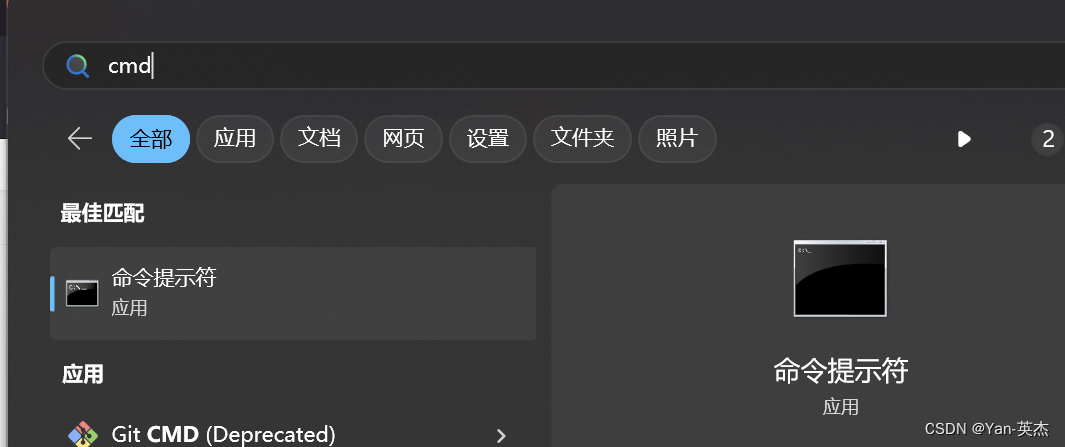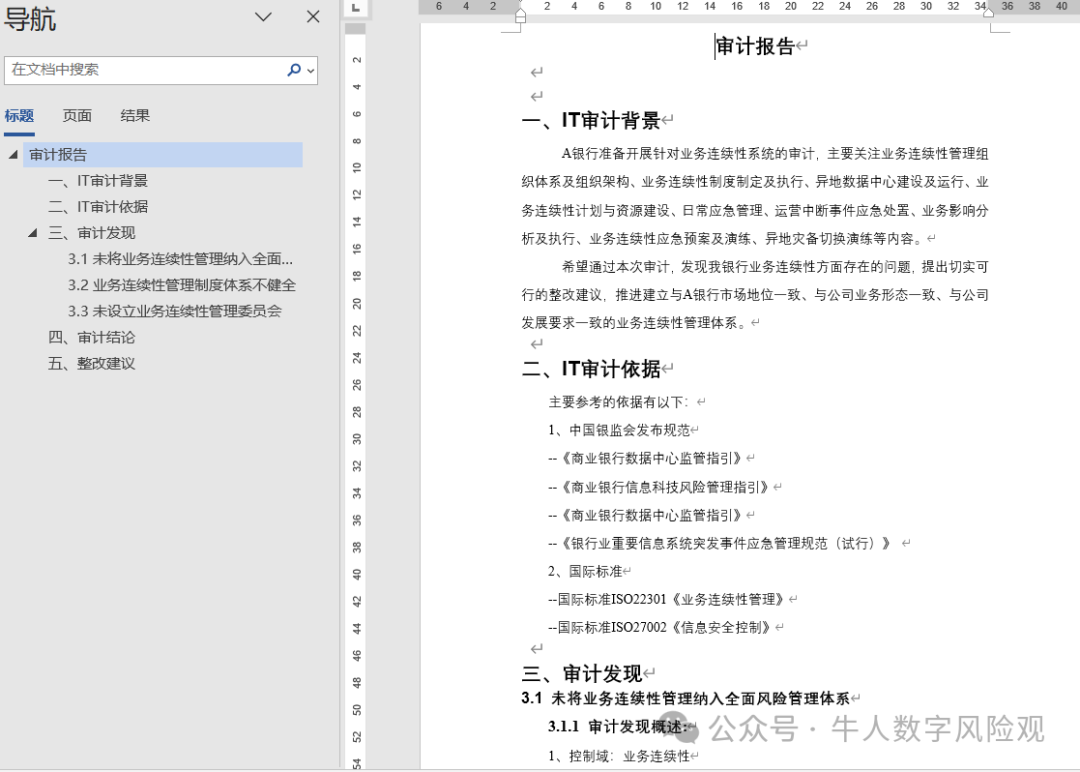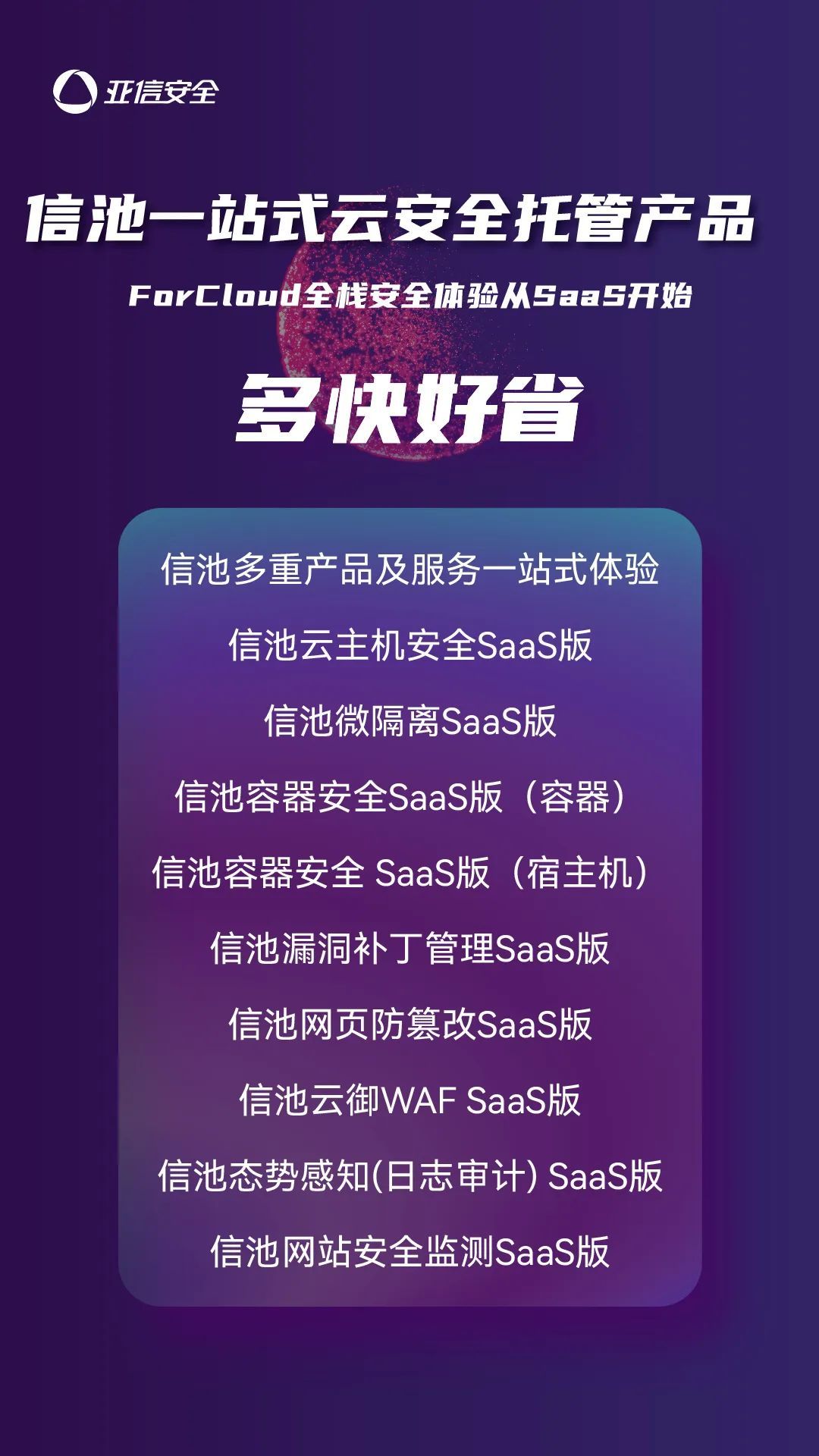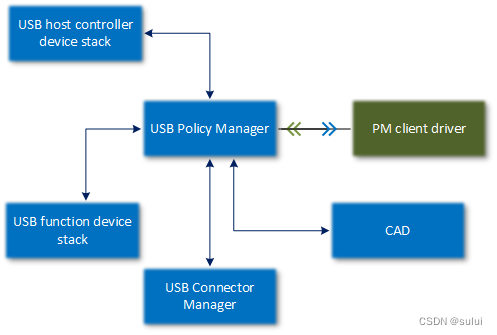文章目录
- 一、Axios 简介与安装
- 1. 什么是 Axios?
- 2. 安装 Axios
- 二、在 Vue 组件中使用 Axios
- 1. 发送 GET 请求
- 2. 发送 POST 请求
- 三、Axios 拦截器
- 1. 请求拦截器
- 2. 响应拦截器
- 四、错误处理
- 五、与 Vuex 结合使用
- 1. 在 Vuex 中定义 actions
- 2. 在组件中调用 Vuex actions
- 六、处理并发请求
在 Vue.js 开发中,Axios 是一个非常流行的 HTTP 客户端,用于发送请求和处理响应。它是基于 Promise 的,可以更方便地处理异步操作。本文将详细介绍如何在 Vue 项目中使用 Axios,包括安装、基本用法、拦截器、错误处理、和与 Vuex 的结合等。通过全面了解这些内容,你将能够更高效地进行前后端数据交互。
一、Axios 简介与安装
1. 什么是 Axios?
Axios 是一个基于 Promise 的 HTTP 客户端,可以用于浏览器和 Node.js。它提供了一系列便捷的方法来发送 HTTP 请求(GET、POST、PUT、DELETE 等)并处理响应数据。
2. 安装 Axios
要在 Vue 项目中使用 Axios,可以通过 npm 或 yarn 安装:
# 使用 npm 安装
npm install axios
# 使用 yarn 安装
yarn add axios
安装完成后,可以在 Vue 组件中导入 Axios 并进行使用。
二、在 Vue 组件中使用 Axios
1. 发送 GET 请求
以下是一个使用 Axios 发送 GET 请求并在 Vue 组件中展示数据的示例:
<template>
<div>
<h1>用户列表</h1>
<ul>
<li v-for="user in users" :key="user.id">{{ user.name }}</li>
</ul>
</div>
</template>
<script>
import axios from 'axios';
export default {
data() {
return {
users: []
}
},
created() {
axios.get('https://jsonplaceholder.typicode.com/users')
.then(response => {
this.users = response.data;
})
.catch(error => {
console.error('发生错误:', error);
});
}
}
</script>
在这个示例中,axios.get 方法发送一个 GET 请求到指定的 URL,并将返回的数据赋值给 users 数组。
2. 发送 POST 请求
以下是一个发送 POST 请求的示例:
<template>
<div>
<h1>创建新用户</h1>
<form @submit.prevent="createUser">
<input v-model="newUser.name" placeholder="姓名">
<button type="submit">提交</button>
</form>
</div>
</template>
<script>
import axios from 'axios';
export default {
data() {
return {
newUser: {
name: ''
}
}
},
methods: {
createUser() {
axios.post('https://jsonplaceholder.typicode.com/users', this.newUser)
.then(response => {
console.log('用户创建成功:', response.data);
})
.catch(error => {
console.error('发生错误:', error);
});
}
}
}
</script>
在这个示例中,axios.post 方法发送一个 POST 请求,将 newUser 数据提交到指定的 URL。
三、Axios 拦截器
Axios 提供了请求拦截器和响应拦截器,可以在请求发送或响应返回之前进行处理。
1. 请求拦截器
请求拦截器可以用于在请求发送之前对请求进行修改,例如添加认证 token:
axios.interceptors.request.use(config => {
// 在请求头中添加 Authorization
config.headers.Authorization = `Bearer ${localStorage.getItem('token')}`;
return config;
}, error => {
return Promise.reject(error);
});
2. 响应拦截器
响应拦截器可以用于在响应返回之后对响应进行处理,例如统一处理错误信息:
axios.interceptors.response.use(response => {
return response;
}, error => {
console.error('响应错误:', error.response);
return Promise.reject(error);
});
四、错误处理
在使用 Axios 进行请求时,错误处理是非常重要的。可以在 .catch 方法中处理错误:
axios.get('https://jsonplaceholder.typicode.com/users')
.then(response => {
this.users = response.data;
})
.catch(error => {
if (error.response) {
// 服务器返回了一个状态码,表示请求失败
console.error('错误状态码:', error.response.status);
console.error('错误数据:', error.response.data);
} else if (error.request) {
// 请求已发送,但没有收到响应
console.error('请求错误:', error.request);
} else {
// 其他错误
console.error('错误信息:', error.message);
}
});
五、与 Vuex 结合使用
在大型应用中,通常会使用 Vuex 来管理应用的状态。可以将 Axios 请求放入 Vuex actions 中,以便更好地管理数据流。
1. 在 Vuex 中定义 actions
以下是一个在 Vuex 中使用 Axios 的示例:
import axios from 'axios';
const state = {
users: []
};
const mutations = {
SET_USERS(state, users) {
state.users = users;
}
};
const actions = {
fetchUsers({ commit }) {
axios.get('https://jsonplaceholder.typicode.com/users')
.then(response => {
commit('SET_USERS', response.data);
})
.catch(error => {
console.error('发生错误:', error);
});
}
};
export default {
state,
mutations,
actions
};
2. 在组件中调用 Vuex actions
在组件中调用 Vuex actions:
<template>
<div>
<h1>用户列表</h1>
<ul>
<li v-for="user in users" :key="user.id">{{ user.name }}</li>
</ul>
</div>
</template>
<script>
import { mapState, mapActions } from 'vuex';
export default {
computed: {
...mapState(['users'])
},
created() {
this.fetchUsers();
},
methods: {
...mapActions(['fetchUsers'])
}
}
</script>
在这个示例中,fetchUsers action 会在组件创建时被调用,并将用户数据保存到 Vuex 的状态中。
六、处理并发请求
有时需要同时发送多个请求,并在所有请求完成后进行处理。Axios 提供了 axios.all 和 axios.spread 方法来处理这种情况。
axios.all([
axios.get('https://jsonplaceholder.typicode.com/users'),
axios.get('https://jsonplaceholder.typicode.com/posts')
])
.then(axios.spread((usersResponse, postsResponse) => {
console.log('用户数据:', usersResponse.data);
console.log('文章数据:', postsResponse.data);
}))
.catch(error => {
console.error('发生错误:', error);
});
在这个示例中,axios.all 发送了两个并发请求,axios.spread 用于在所有请求完成后分别处理每个响应。


![[米联客-安路飞龙DR1-FPSOC] FPGA基础篇连载-21 VTC视频时序控制器设计](https://i-blog.csdnimg.cn/direct/36ce48ed26124261a253fdee8a1ad037.png)

















